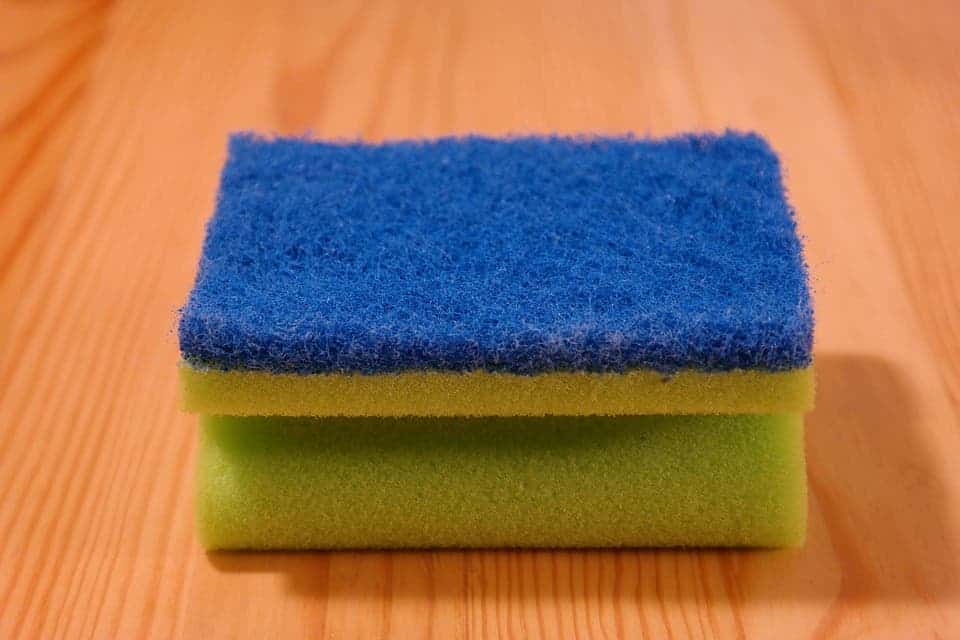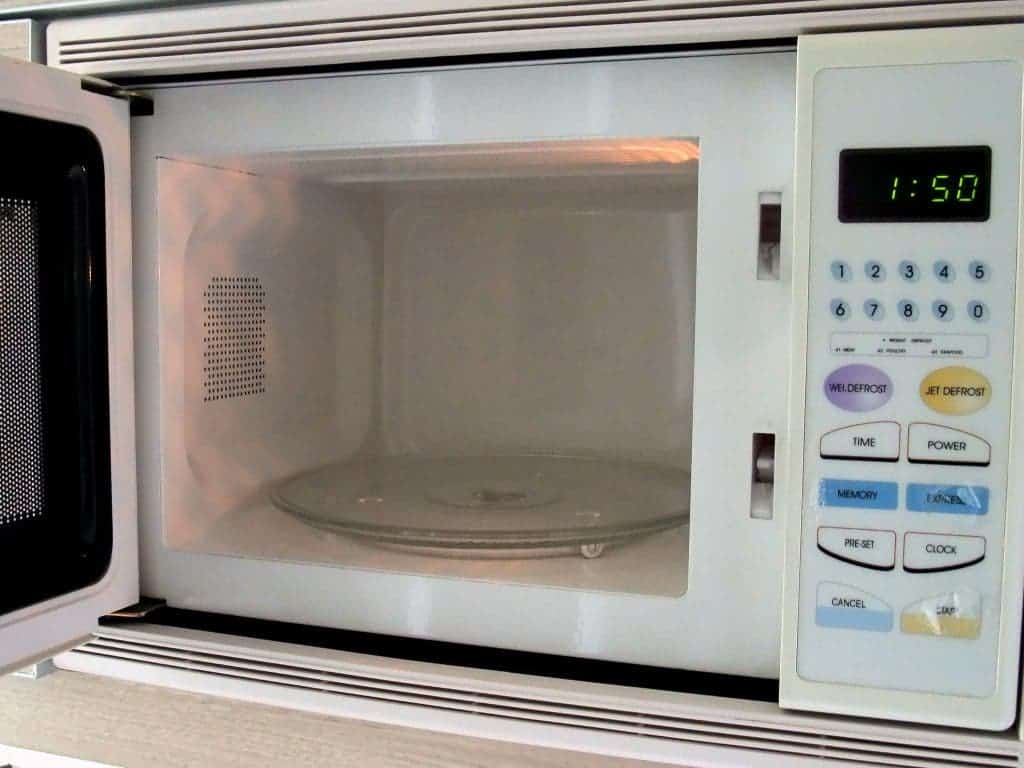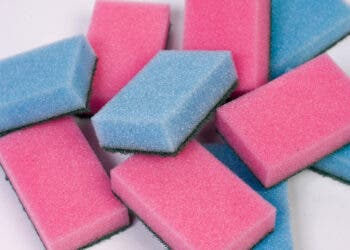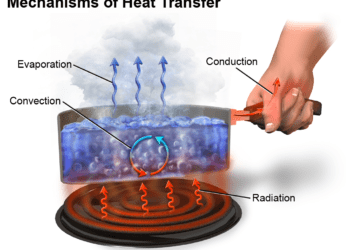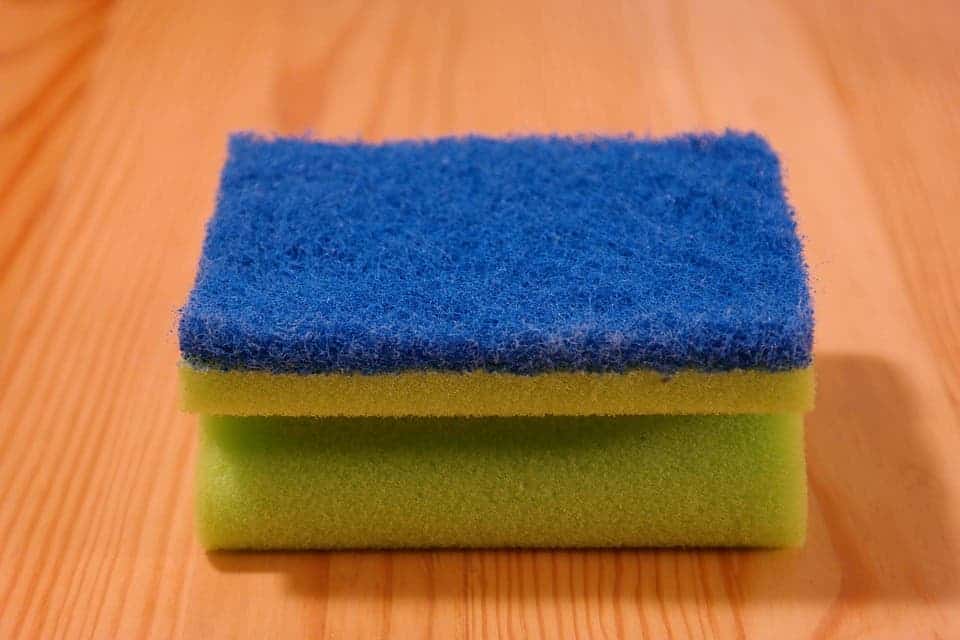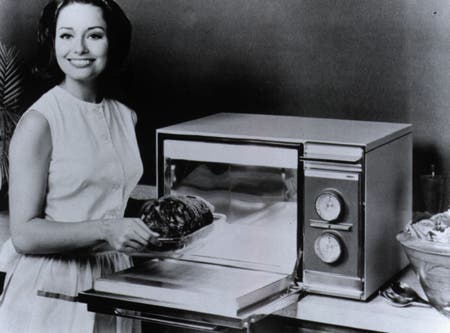The best way to keep your sponges clean is to microwave them. We’ll show you why you should do this, and how to do it.
Why microwave sponges
A 2006 study found that kitchen sponges, scrubbing pads, and syringes were easily cleaned of 99 to 100% of all bacteria through simple microwave radiation for only a couple of minutes.
“Basically, what we found is that we could knock out most bacteria in two minutes,” said researcher Gabriel Bitton, professor of environmental engineering at the University of Florida. “People often put their sponges and scrubbers in the dishwasher, but if they really want to decontaminate them and not just clean them, they should use the microwave.”
Kitchen sponges are often in contact with greasy organic matter, and they can get dirty really easily. You’d think that the detergent and cleaning products actually kill the germs, but they really don’t. The odds are kitchen sponges are actually full of germs. In fact, Prof. Charles P. Gerba, a microbiologist, agrees. He writes that sponges are some of the best places in the kitchen for germs, providing a damp and nurturing environment for many different bacteria.
Now, there’s no reason to panic because that’s not the most dangerous thing in the world, but if you want to ensure the cleanliness of your sponges – you should microwave them. According to the study’s results, the total bacterial count was “reduced by more that 99 percent within 1 to 2 minutes, and the sum of coliform and E. coli were totally inactivated after 30 seconds of microwave radiation.” A few more resistant spores lasted up to 4 minutes, and after 10 minutes, there were simply no surviving bacteria in the sponge.
How to microwave your sponge
Odds are, first few times you’ll be doing this you’ll feel silly, but you really shouldn’t.
The process itself is simple and fast, but there are a few basic precautions you should take:
[panel style=”panel-success” title=”Basic precautions” footer=””]- Make sure there’s nothing metallic in your sponge! This can completely ruin the microwave
– Insert the sponge wet, not dry. If it’s dry, it can melt or even catch fire.
– Two minutes kills 99.9% of all bacteria, 10 minutes is overkill and you risk melting the sponge.
– Let the sponge cool off a bit after microwaving it.[/panel]
Other than that, the process is pretty straightforward – you just microwave the sponge. There’s no rule for how often you should do this, but Bitton (the author of the study) says that once a day should be OK.
Alternatives
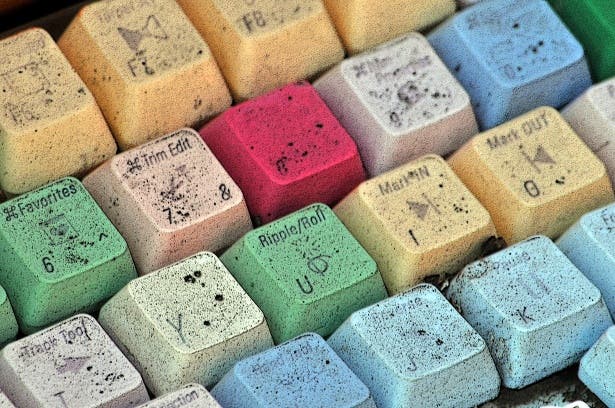
There are other alternatives to ensure the cleanliness of your sponges. You could boil them, but that’s neither time nor energy efficient. You can also try to soak them in bleach or vinegar, which is also extremely effective at killing germs, but you need to constantly buy bleach or vinegar. All in all, microwaving is the easiest, fastest and cheapest way to keep your sponges clean.
If you don’t want to do either of the above, you can at least try to clean your sponge after washing the dishes. Then, make sure you dry it and squeeze out as much moisture as possible, and leave it on the sink, not in the sink.
Also, no matter what to do, sponges have to be changed regularly. Otherwise, no matter how hard you try to clean them, they’ll simply get dirty again and lose their qualities.
